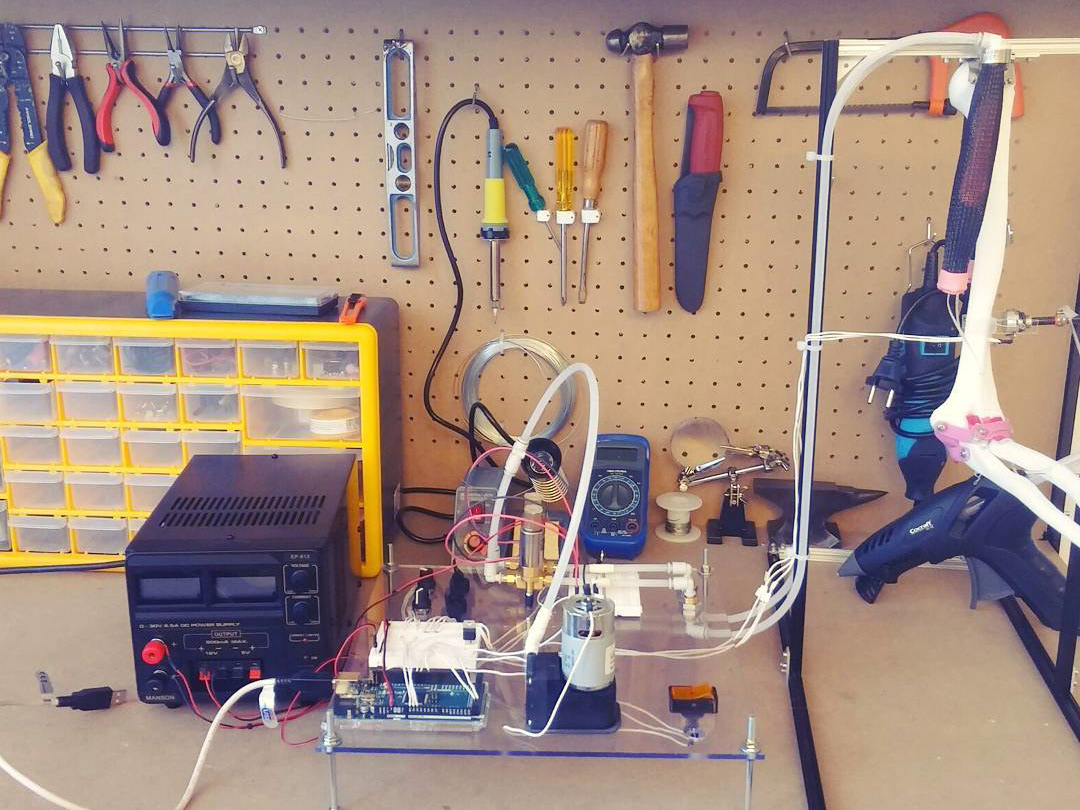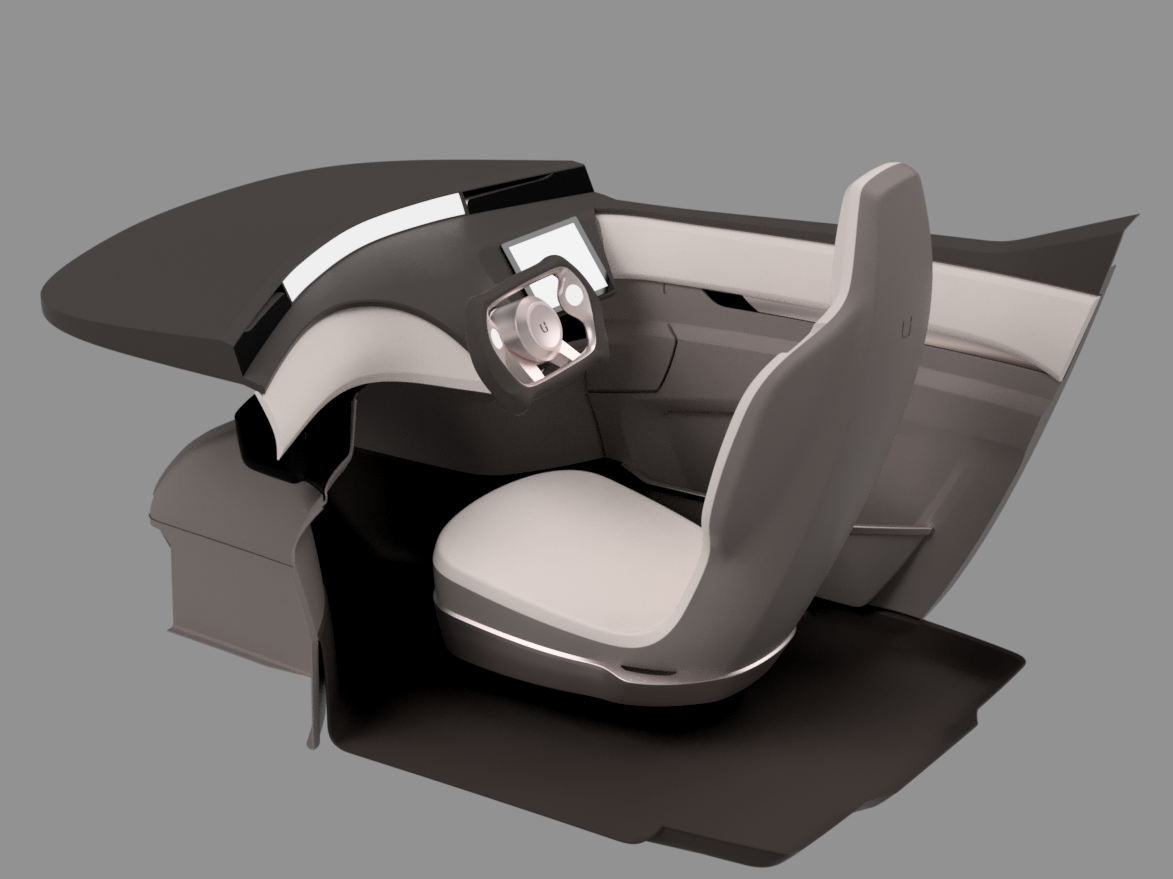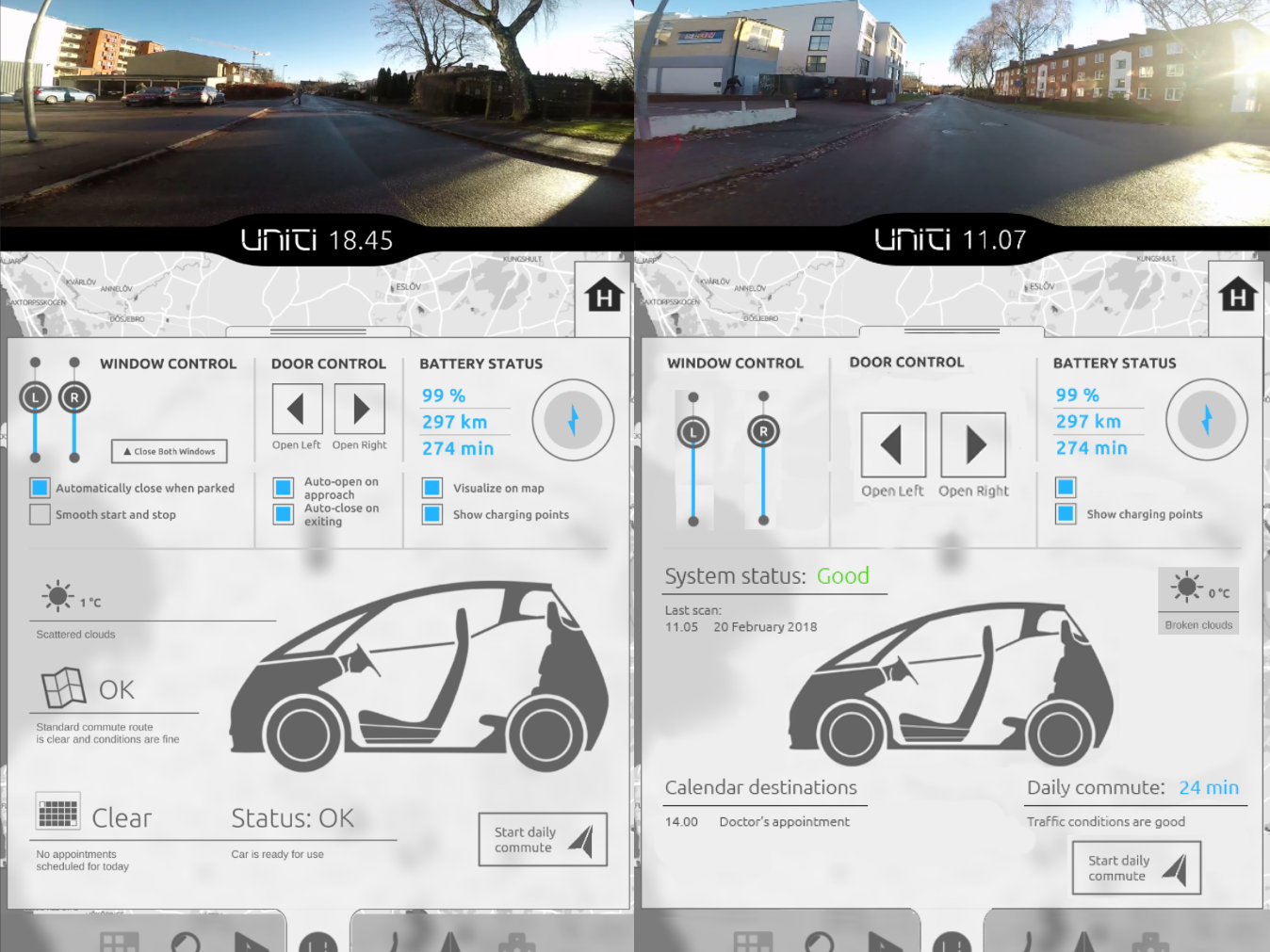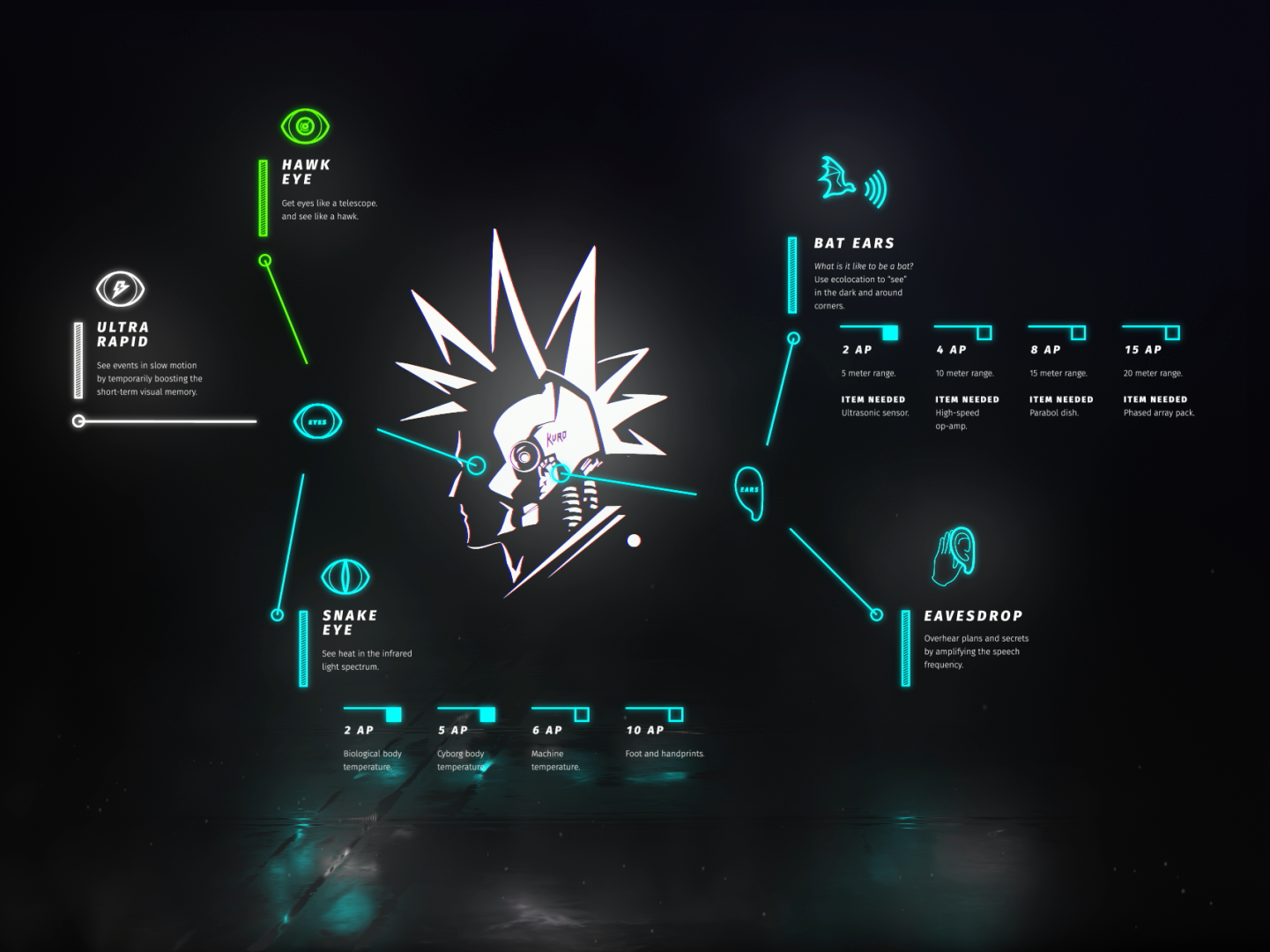This picture was taken at the Uniti open house event 2017 where I demonstrated "Hapnic", an early prototype of haptic feedback using contact speakers (exciters) mounted behind a touch screen.
The working principle of the car UI for the Uniti One car was to require as little visual attention of the driver as possible, for increased safety. I have done a lot of work on haptic feedback, recording and editing my own sounds. There are a number of different haptic feedback technologies, the one that we used at Uniti had contact speakers (exciters) that vibrated the material that it was attached to instead of the air around, the way a normal speaker would. We used low frequency sounds between 10 and 200 Hz to make the haptic sounds. To make them, I would record a sound with either a normal microphone or a contact microphone (recording vibrations in a material, not air vibrations).
This is one of the prototypes I made for testing haptic feedback using contact speakers (exciters) mounted on a piece of acrylic. The idea was to mount exciters behind the touch screens in the car to provide haptic feedback.
My idea for the haptic feedback was to allow the user to feel a button on the screen, identifying it without the need to look at the screen. Only when the correct button is identified by the user does he/she commit to pushing it. This is of course possible with physical buttons, but physical buttons don't provide the flexibility and context sensitivity of a touch screen. With a touch screen AND haptic feedback, the clutter of a traditional dashboard and the cost (visual search time/interaction time cost, environmental cost and manufacturing cost) can be minimized.







